Hiking or hiking is an activity that we can do outdoors that consists of walking routes through rural areas, mountains or marked paths. These types of routes or paths are usually a maximum of 30 kilometers with a difficulty that allows practically anyone to do it despite having no experience.
Before going out on a hiking route, we must take into account the previous preparation and the equipment or material that we will have to take with us.
Next we will show you some of the articles that are essential to be able to carry out a hiking route without problems.
Hiking shoes
At the beginning and on simple routes, we can opt for closed running type sports shoes, but as soon as we face more difficult challenges, it is essential to use specific mountain shoes. I recommend you consult our article on mountain footwear where we give you the best keys to make the right choice.
This is the main equipment that we will need to avoid problems when hiking, footwear is vital to avoid any accident. In addition to the fact that it will protect our feet from all types of terrain, it will provide us with comfort, ventilation, cushioning among many other things.
There is a type of boot for each type of path, that is, they cannot be used or it is not recommended to use the same boots for a dirt path, a stone path, or a dirt and stone path. You must buy boots that are as light as possible and the foot must fit well inside, and most importantly, they must be waterproof.
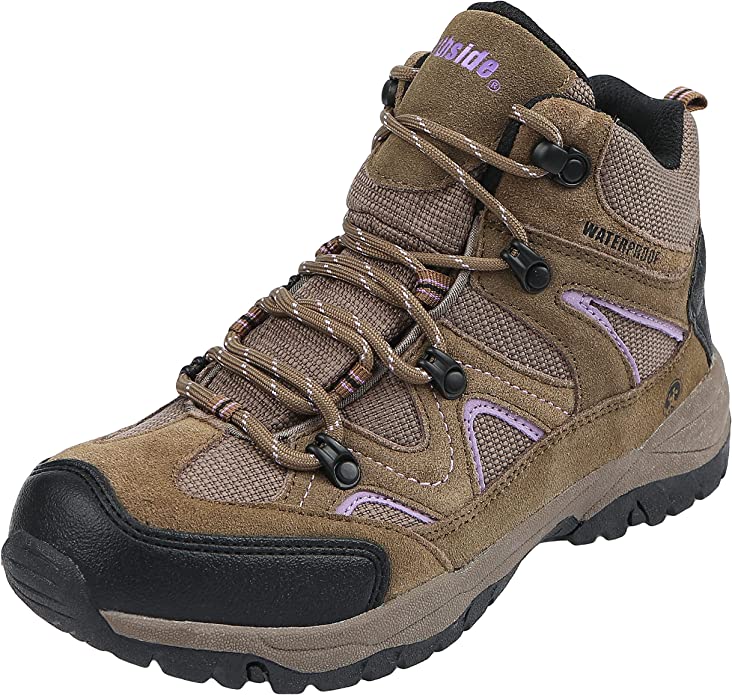
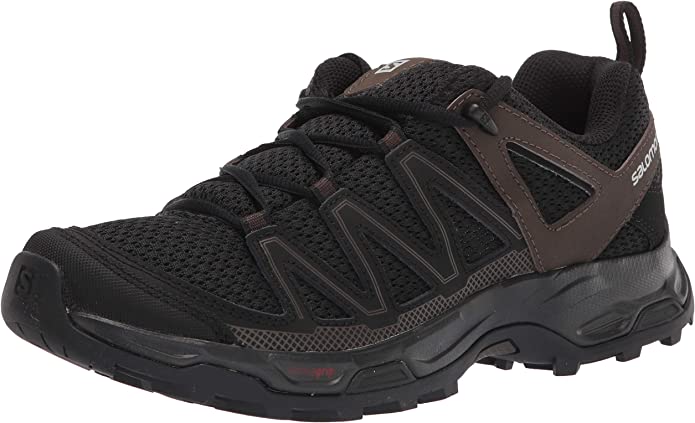
Hiking backpacks
For a normal hiking route of between 2 to 4 hours it is advisable to use a backpack of between 15 to 30 liters, in case we are going to do a longer route then it would be best to take backpacks with a larger capacity of up to 70 liters.
The closures of the backpack must be closed with a zipper, thus preventing the entry of water, it should also have straps to adjust it to the waist and chest, it would be convenient if it also had some type of strap to be able to put the poles there in case we get tired to take them
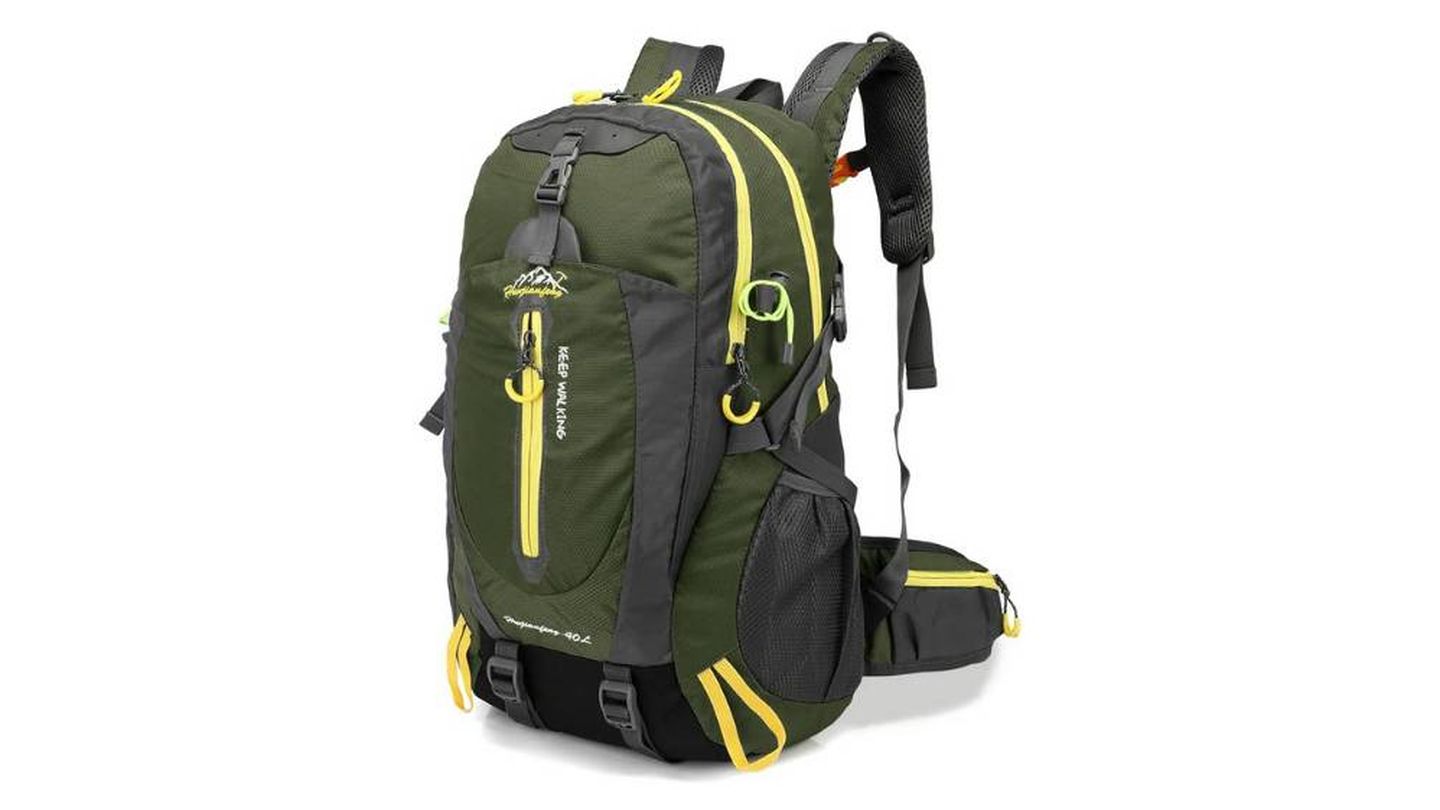
Hiking clothes
Using technical clothing for hiking will provide us with comfort for both long and short routes. On the other hand, it will prevent us from having blisters, pinkness or any damage to the skin that makes us uncomfortable during our activity.
Hiking underwear
To use adequate underwear we must take into account factors such as resistance and breathability. The ideal would be to find garments without seams or seamless and, in the absence of them, choose those that use flat seams. Most of the time chafing in the groin is caused by sweating.
The objective would be to wear underwear with breathable fabrics, which eliminate sweat that must pass to the intermediate layer, which control odors and avoid cotton in the base layer, which takes time to dry, opting for synthetic materials, such as polyester, or microfiber-based fabrics, such as lycra, which transport moisture to the outside and dry quickly.
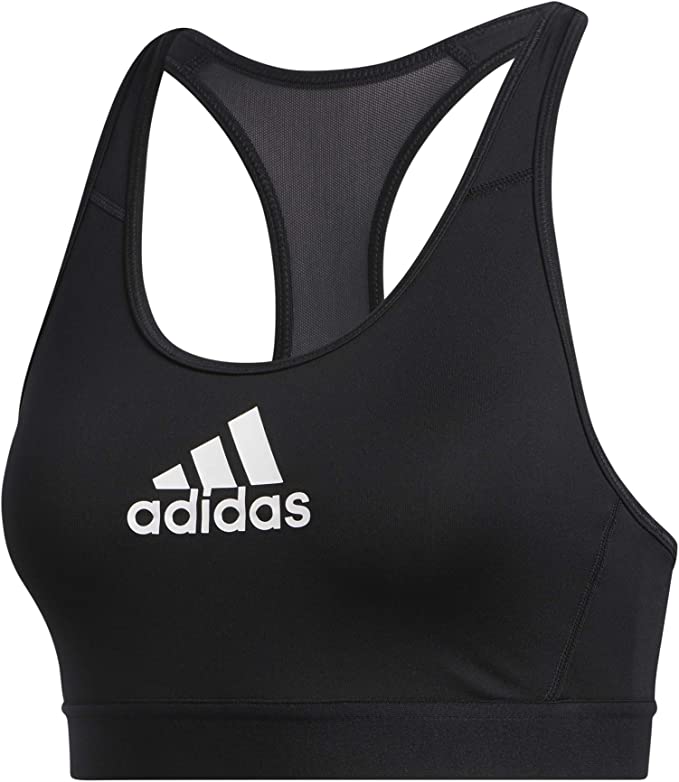
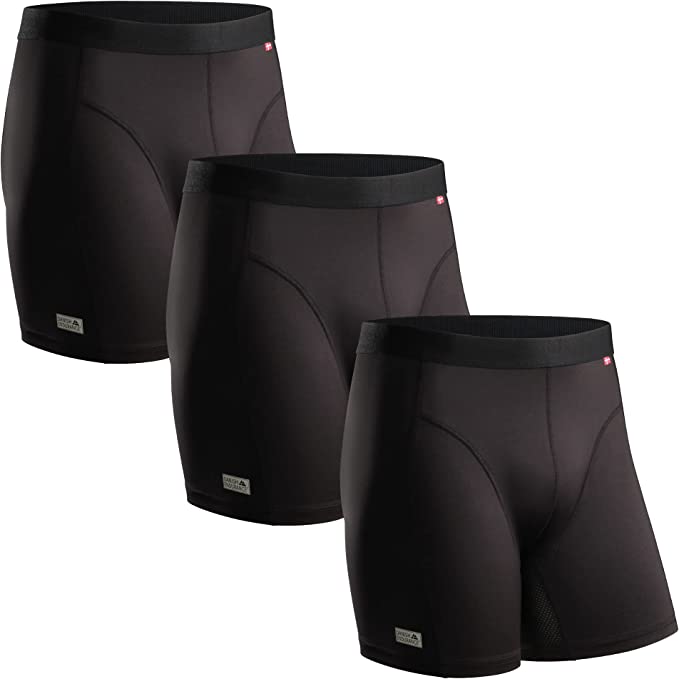
Hiking pants
Hiking pants are not totally essential if we are going to go on short routes, but they will certainly make our walks more comfortable. The characteristics that we should look for in good hiking pants are:
- Repel water
- Allow perspiration to evacuate sweat
- Fast dry
- Elasticity to facilitate movements
- Zipped pockets
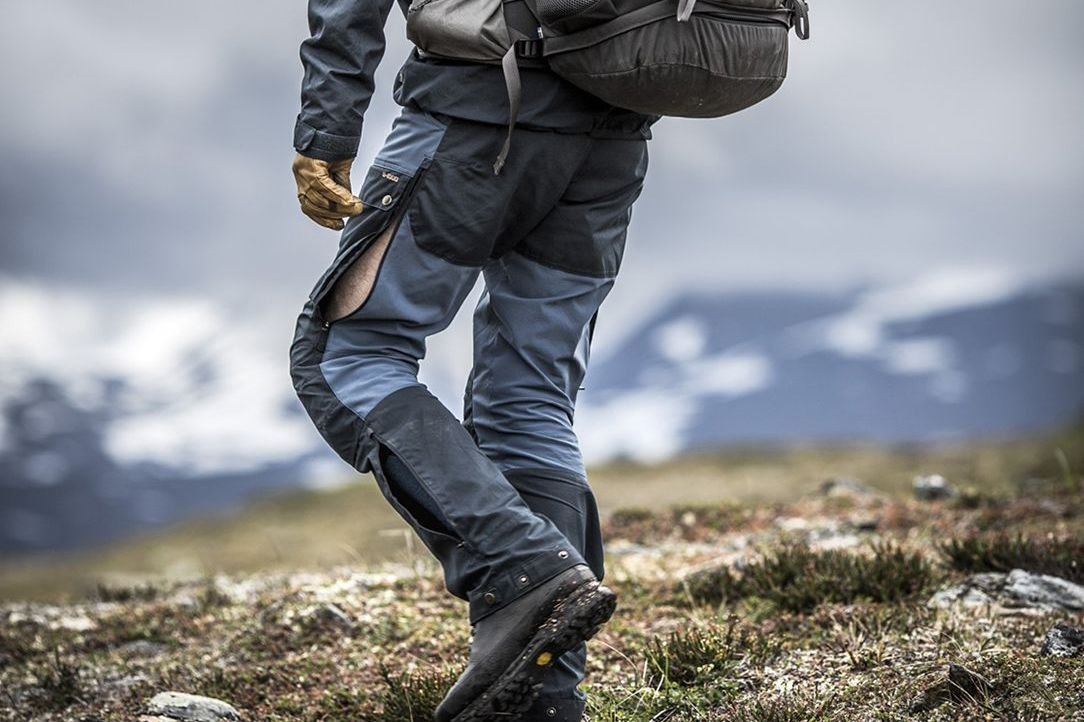
Hiking socks
It will be useless to have excellent footwear for hiking if we do not accompany them with matching socks. There are certain fabrics that can cause pinkness or blisters on our feet and must be avoided at all costs, such as cotton that accumulates sweat and does not allow good perspiration.
It is recommended that they incorporate synthetic fibers, which favor the evaporation of sweat and that they have an anti-skid system. The height will depend on the type of footwear we use.

Upper part
It is recommended to use multiple layers in the central part of the body, it is not recommended to use cotton as it will affect our performance and make us sweat more.
First layer: The inner layer acts as a "second skin", its function is to keep the body as dry as possible, expelling sweat from the skin to the outside. You should wear a tight shirt that allows good breathability.
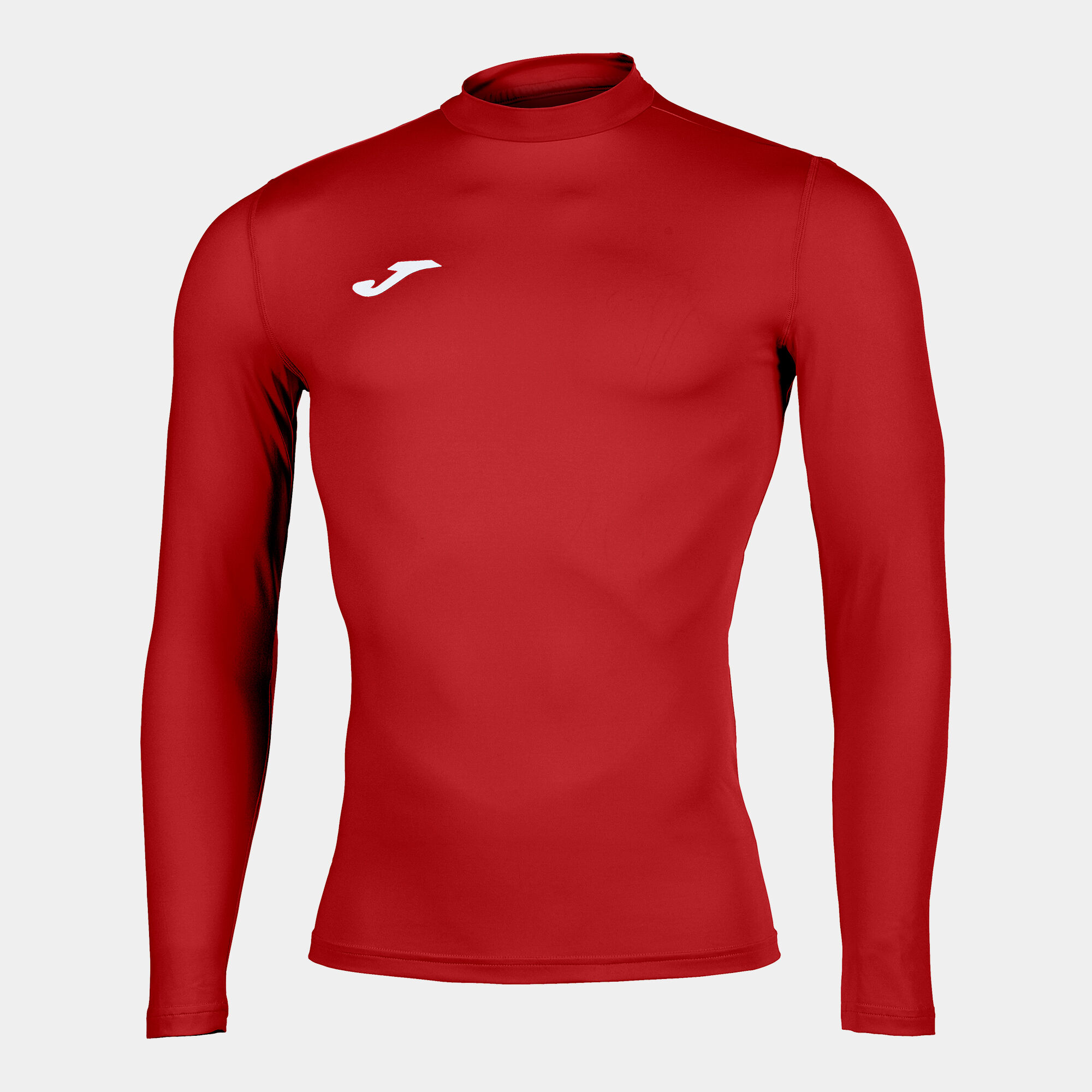
Compression shirt Second layer: This layer will be in charge of isolating our body from the outside. The result of this insulation will be the retention of body heat, and therefore this second layer keeps us warm when the outside temperature is cold. If the cold on our trail is very intense, we suggest you use an extra layer to keep your body at a good temperature.
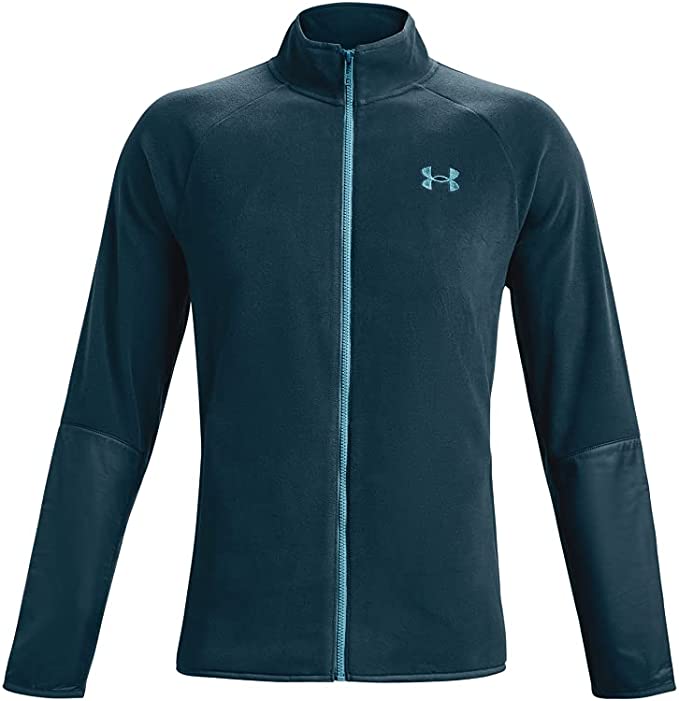
Polartec Third layer: The function of this third layer is to have protection from the most extreme weather agents such as rain or snow. You should look for a coat that is breathable and waterproof.
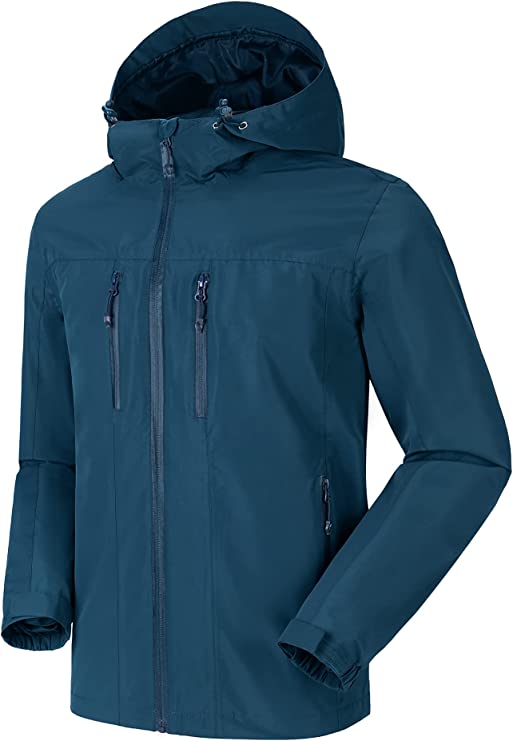
Wind breaker
Hiking gear
It is convenient to carry some extra items that could make our way easier and in case of emergency get us out of trouble.
Trekking poles
The poles when hiking have many advantages such as distributing the effort and weight to the upper body, making it a more complete exercise. It is also a great help when preventing leg injuries, especially knees as it helps us distribute the weight.
Some of the elements that we must take into account when choosing good hiking poles are:
- We must consider a good grip
- Light, resistant and with cushioning capacity

Flashlight
Although we do not plan for the activity to last for hours until the sunlight disappears, it is important to bring a flashlight in case some unforeseen event causes us to waste a lot of time and catches us off guard at night.
These are some of the things to consider when choosing a good flashlight:
- Choose batteries or battery based on availability of charging sources or duration of activity.
- A headlamp allows for comfortable, hands-free use.
- Always check batteries and batteries before leaving.
- We do not recommend cheap brands, it is better to go for brands that are synonymous with reliability.
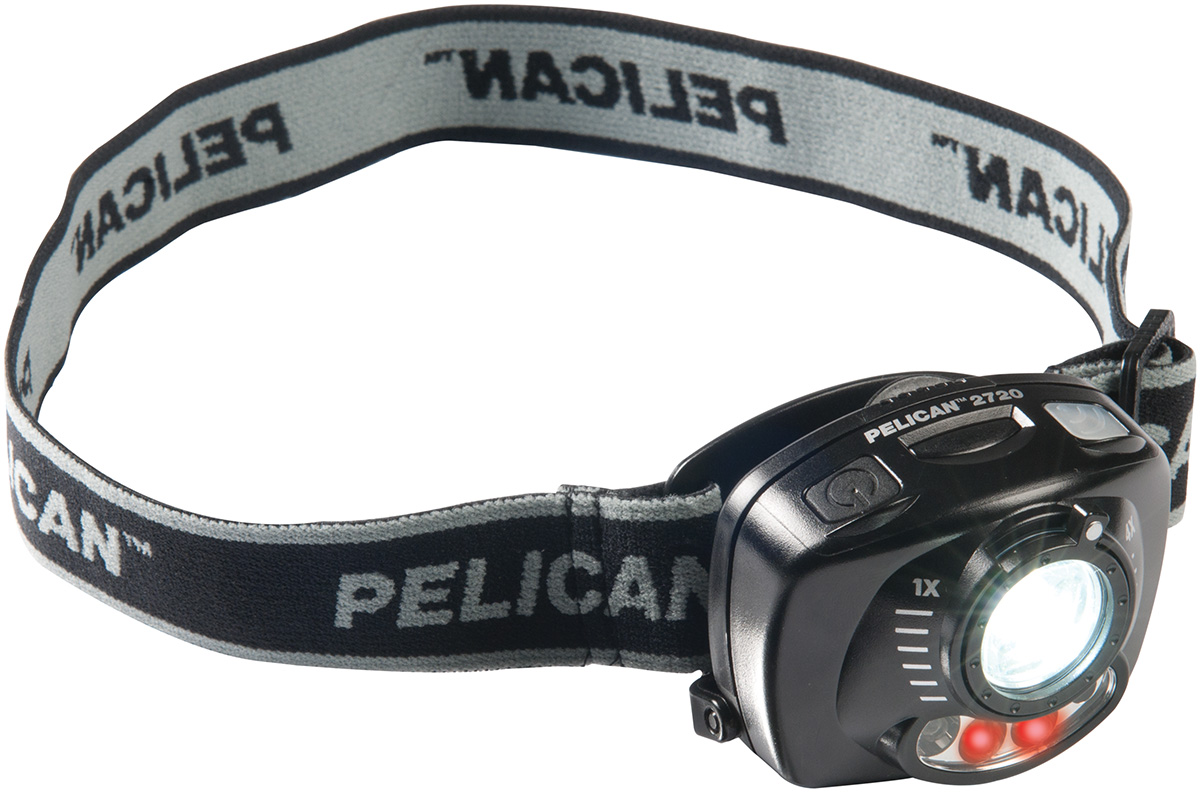
First aid kit
Although it seems that it is an obvious element when we are going to go for a walk in the mountains, it is one of the great forgotten elements but always essential in an emergency.
The first-aid kit must be adapted to the activity and the climate, it must be used to disinfect and immobilize, it must be waterproof, compact and light.
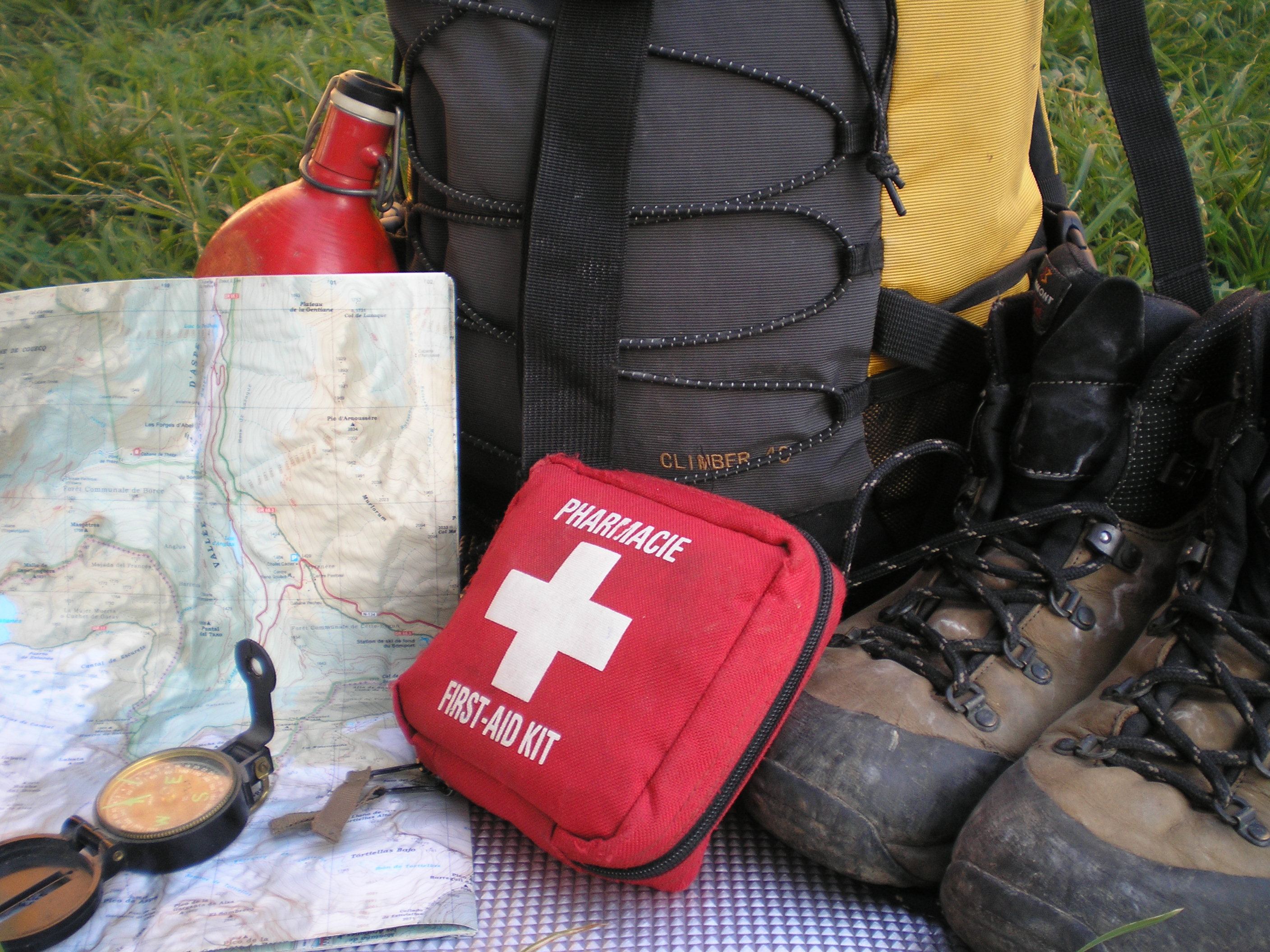
Solar protection
It is advisable to always carry elements that protect us from the sun, depending on the case, we will choose according to the characteristics of the route that we are going to take.
We must take into account the following:
- Sunglasses will also protect us from wind, rain and strong winds.
- Sun cream is something we should never forget
- A hat or cap can also protect us from the wind, sun or cold.
Extreme battery
The external battery can get us out of big trouble since it will allow us to charge the cell phone and depending on the flashlight we have, it could be used to charge it as well.
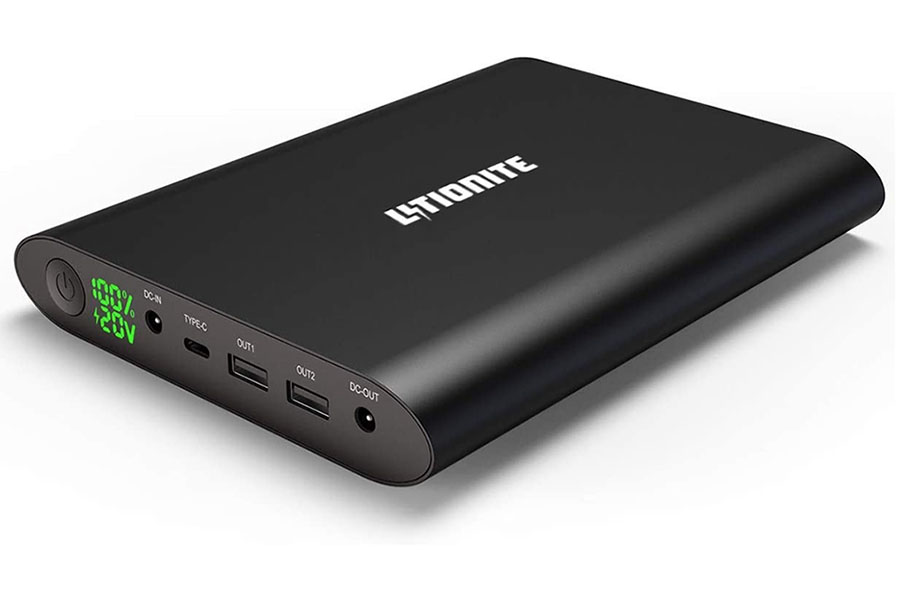
Thermos
Water is vital while we do this type of activity, so although it seems obvious we cannot forget it. Always consider taking extra water, it is better that we have more than not enough.
Hydration is a fundamental aspect in all sports practice, and even more so in those that are carried out in the natural environment. It will allow our body to perform better and recover better.
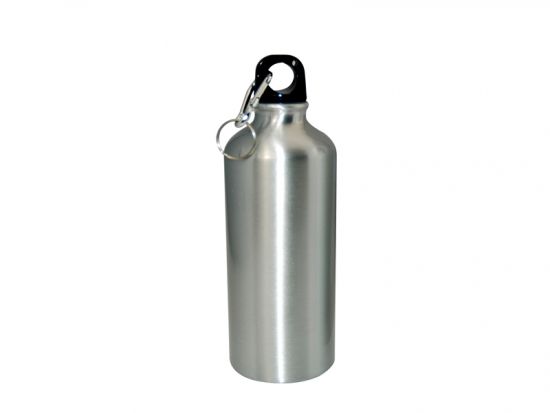
Hiking accessories
Although these accessories are not essential, they can be very useful at certain times.
Utility knife
We may not get to use it that day, but it doesn't hurt to carry a utility knife. We do not need those that have a thousand functions, but a straight blade, can opener, punch and saw blade would be enough. If we were camping, we would have to have one with some other function.
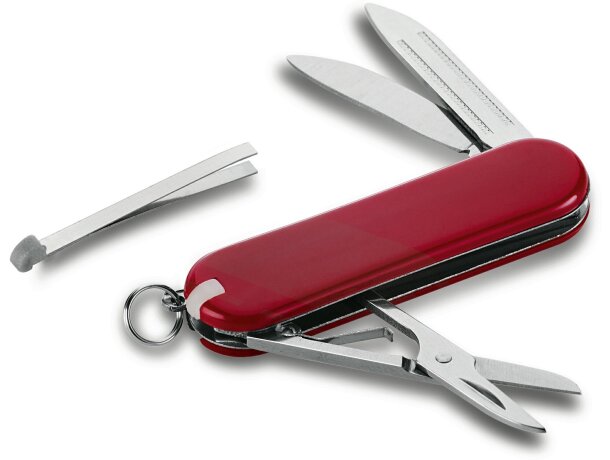
Photographic camera
A camera that you can use for activities such as hiking should meet the following requirements: be light, not attract too much attention, not be too expensive, and be robust and reliable.
It will also depend on what your priority is during your activities, but our recommendation is that you look for light, versatile, robust, quality and reliable photographic equipment.

Grooming kit
This basic grooming kit should contain the following:
- Biodegradable soap
- Toothbrush
- Quick dry towel
Stove
If your route will be long so you will have to sleep outdoors, we recommend you bring a stove, in addition to helping you stay warm by using it as a campfire and to heat up some food in the morning.
We must take into account the following before purchasing a stove for our hiking route:
- Weight
- Volume
- Type of fuel
- Fire control
- Ignition
- Stability
There are a large number of stoves on the market, so you can easily find one that suits your needs.

Tent
In case on our route it is considered to spend a night in the open air, a tent is more than necessary. There are several things that we must take into account before choosing a place to camp, such as the type of terrain and the climate.
Our priority when choosing a tent is that it be waterproof and ultralight, since we do not want to carry a lot of weight on our backs.
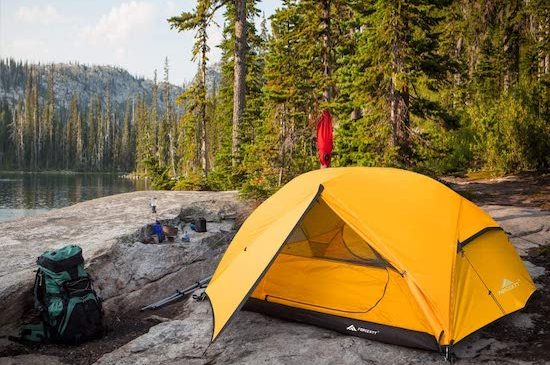
Recommendations
- We always have to make a checklist of the things we need to take, this will depend on the type of route we will do.
- It is important to review the path beforehand if possible, the terrain that we will find and the weather, in this way we can go as well prepared as possible.
- If you cross muddy trails, it is advisable to clean the soles with a stick, otherwise you will have the feeling that you are wearing boots with smooth soles.
- Never wear your shoes for the first time the same day you start the hiking route, since they can spoil your day if they do not adapt well to the foot, or you to them.
- When carrying a backpack, it must be considered that the weight that we can carry is less than a fifth of our weight.
- Hiking poles are necessary adjust them properly according to your height and progression, that is, the climbs, descents and type of terrain.
Did you find this list of hiking essentials helpful? Do you think something important was missing? Leave your opinion in the comments and if you liked it, don't forget to share it with your friends.
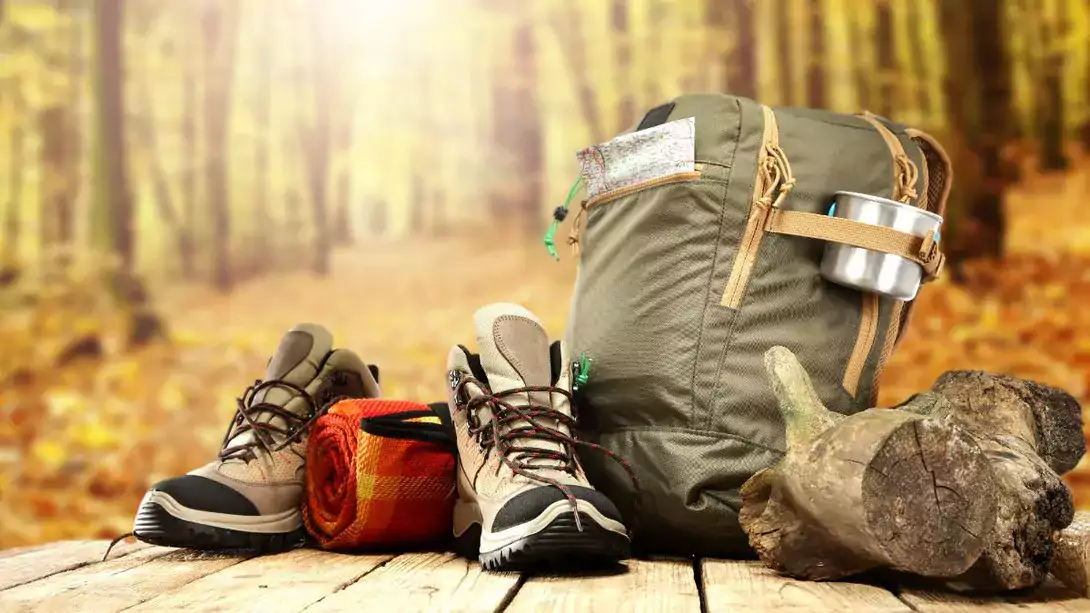
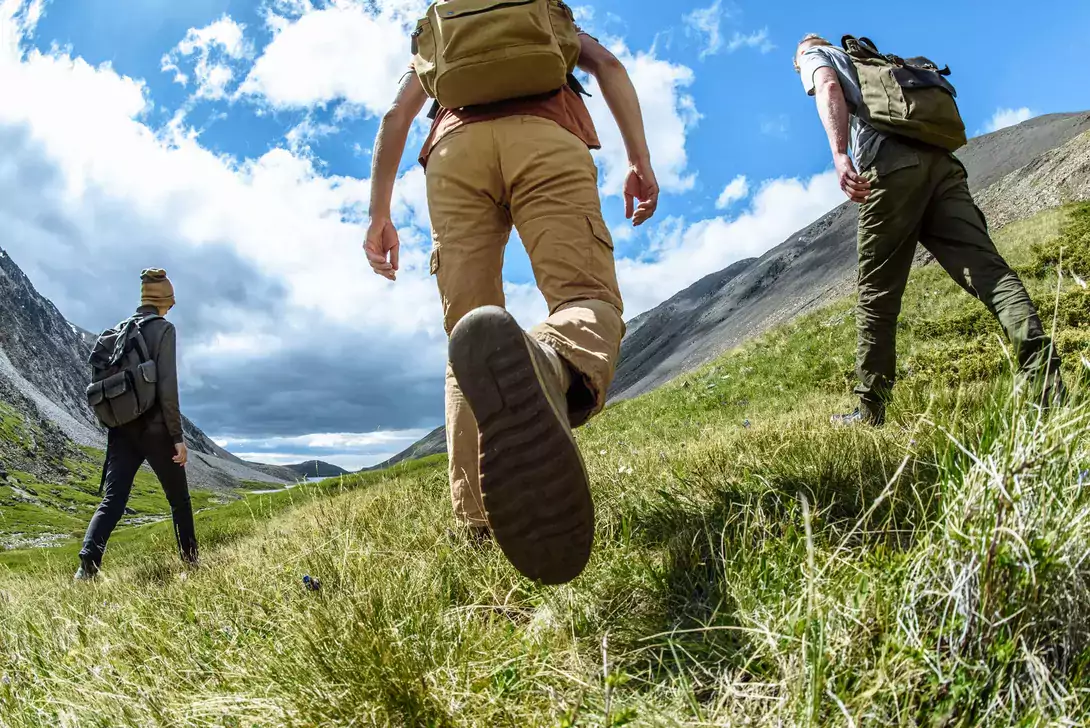
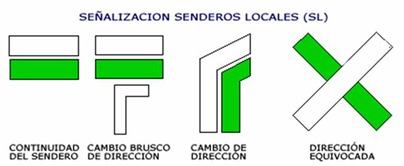
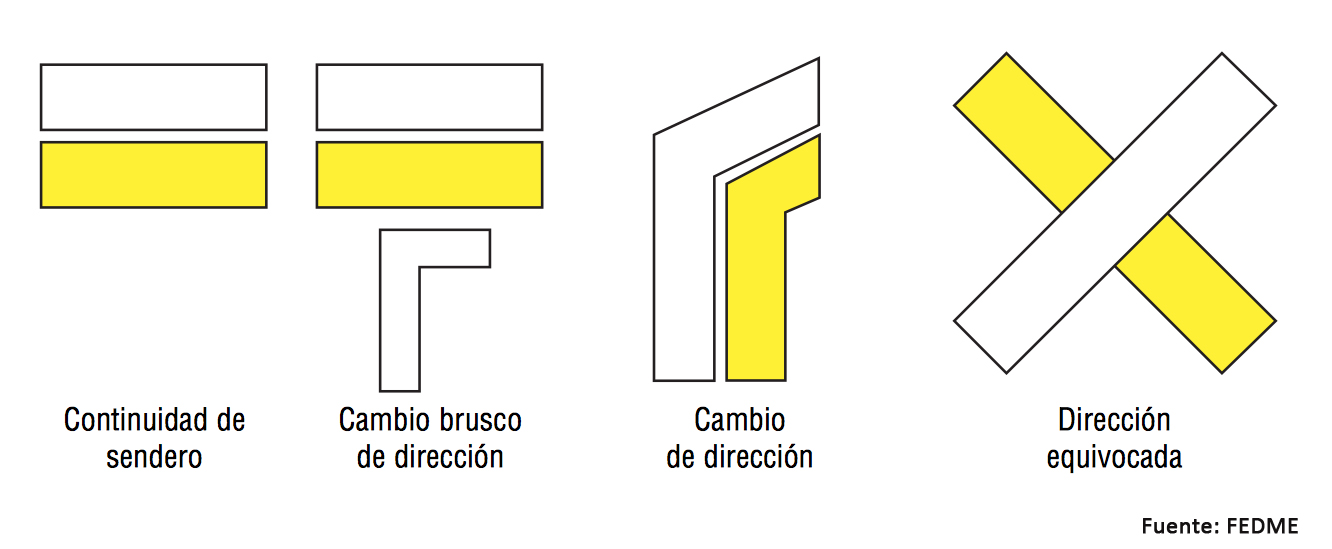
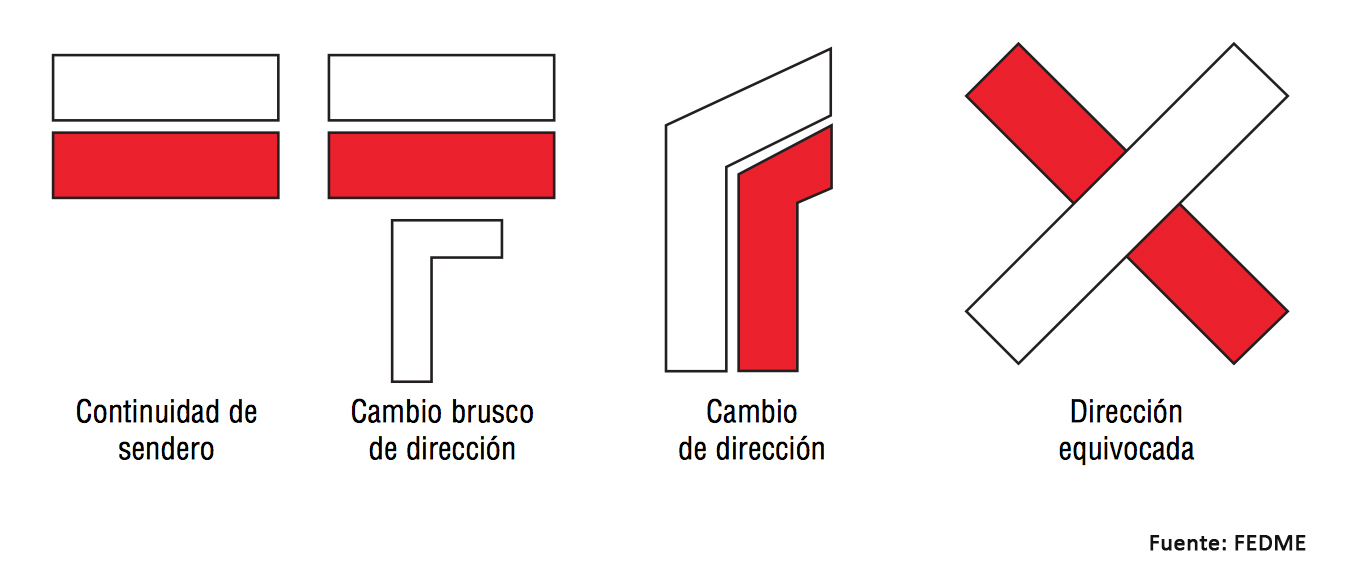
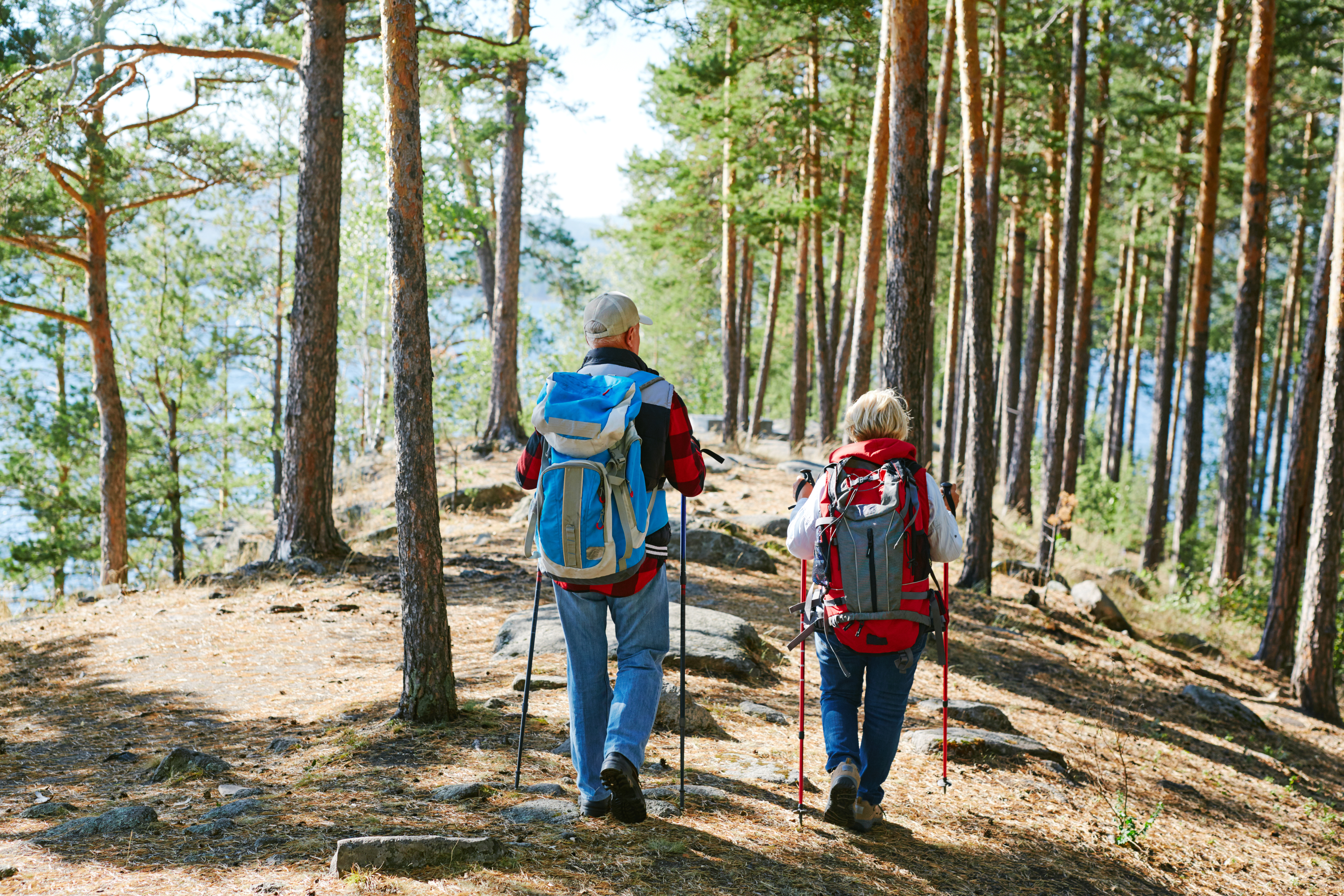
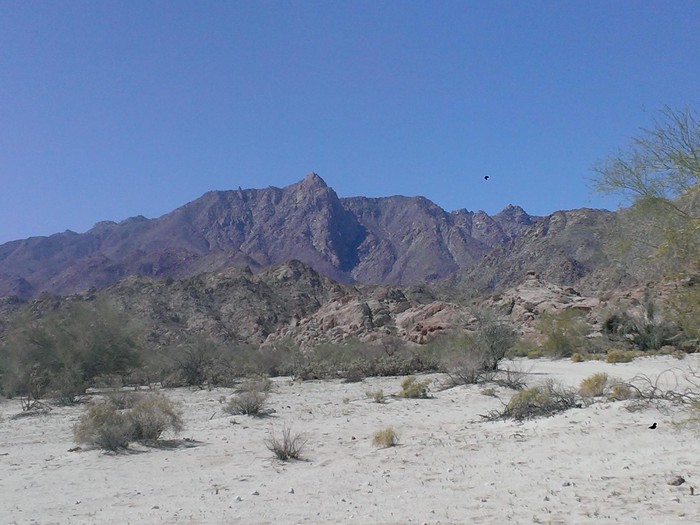
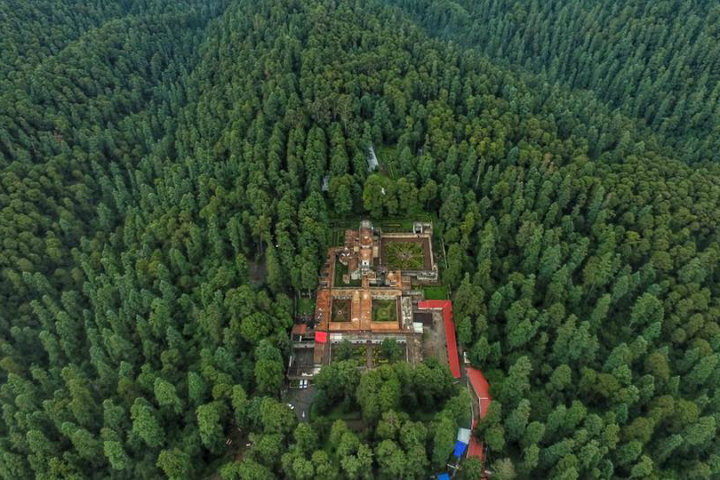
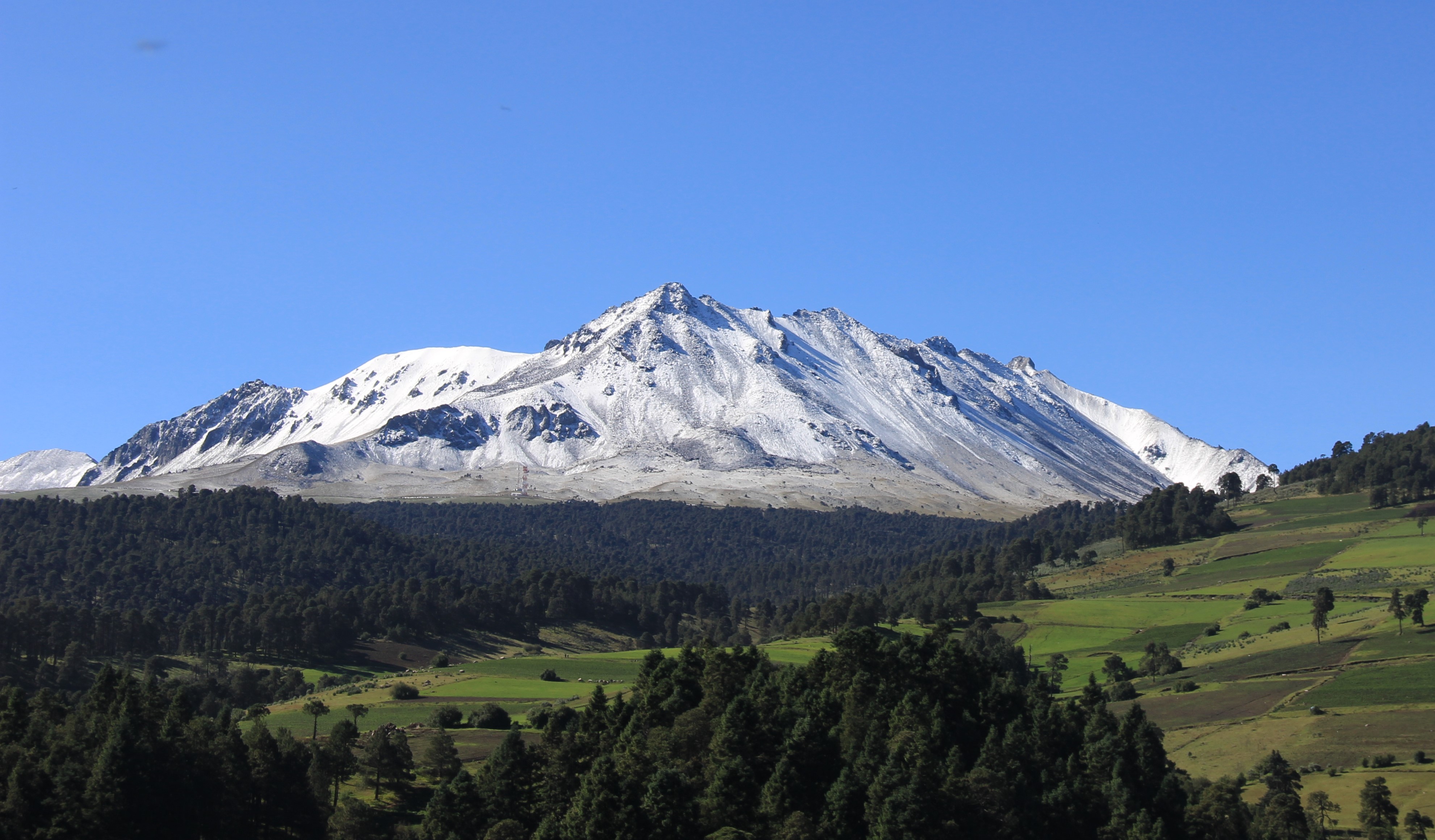

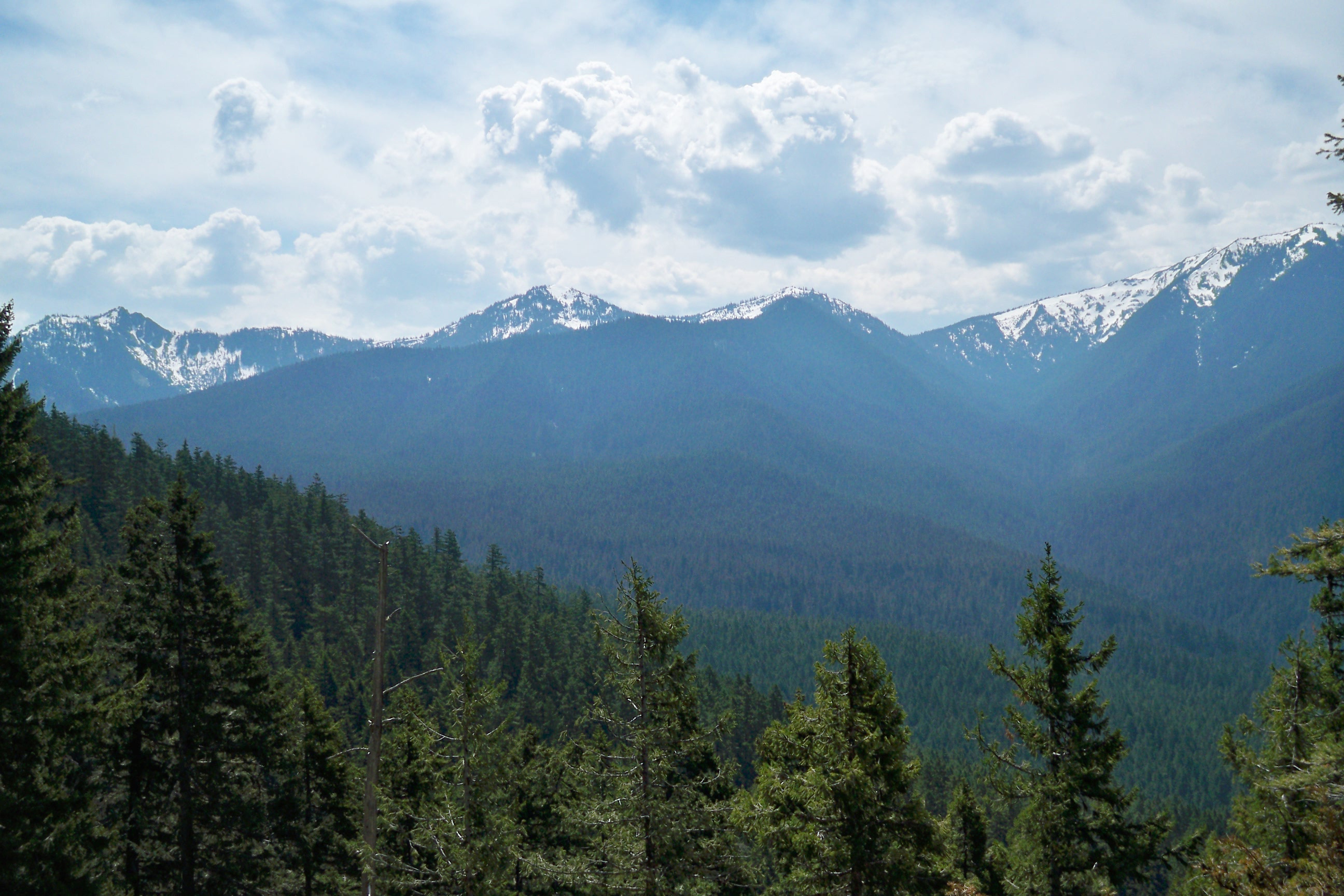
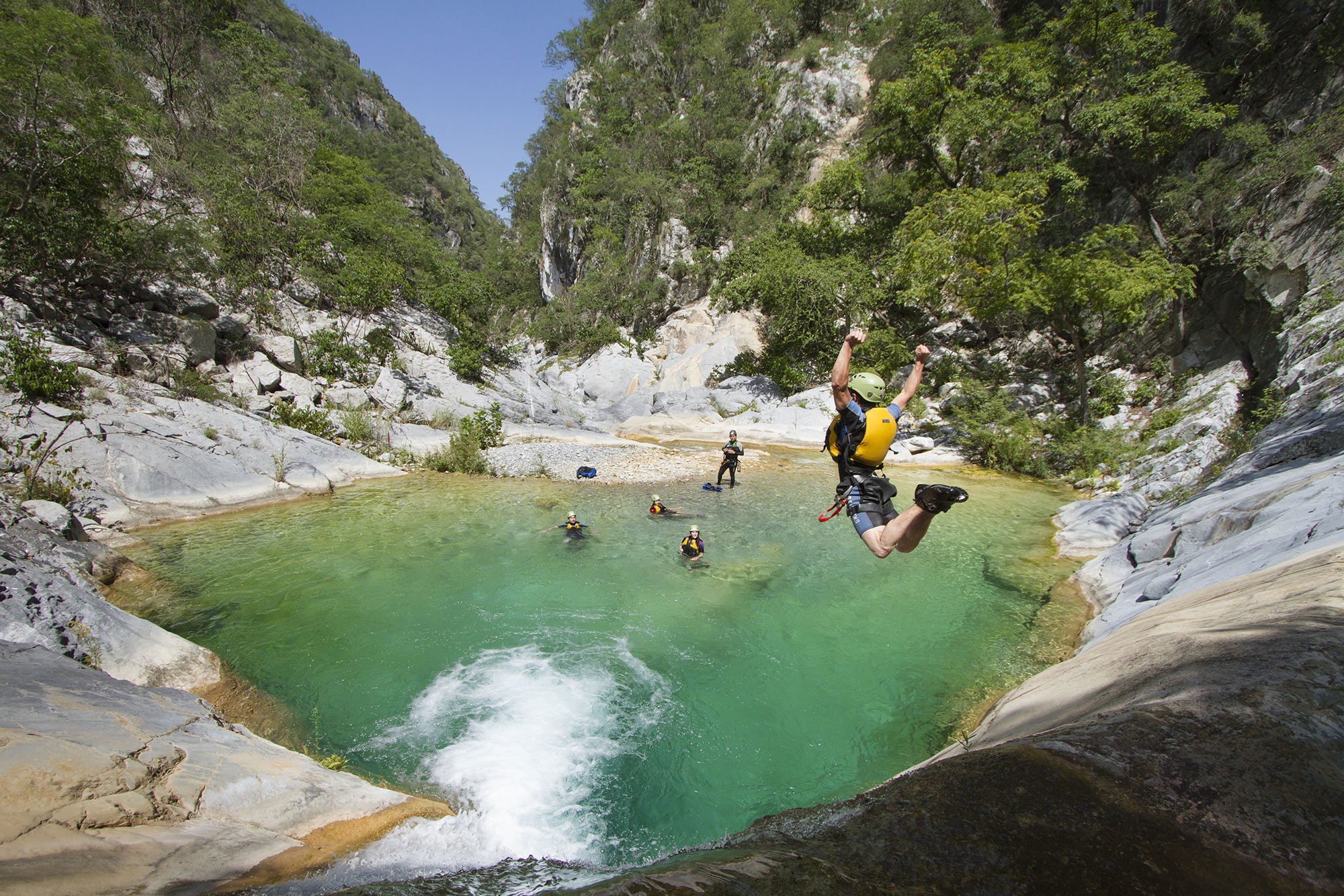
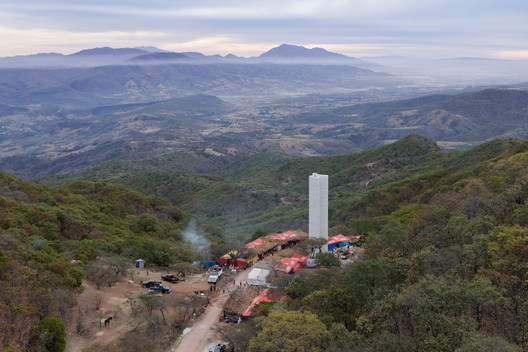
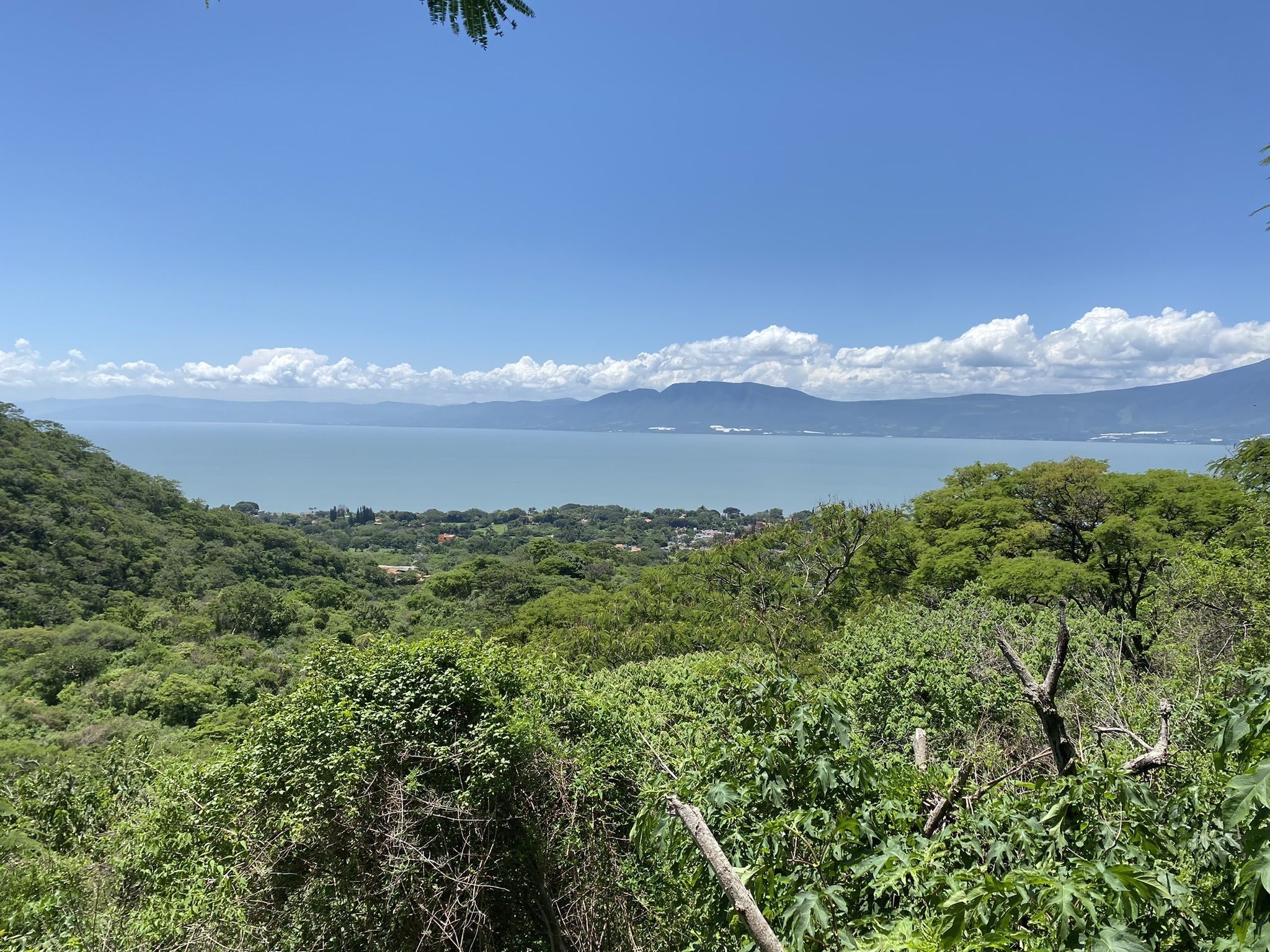
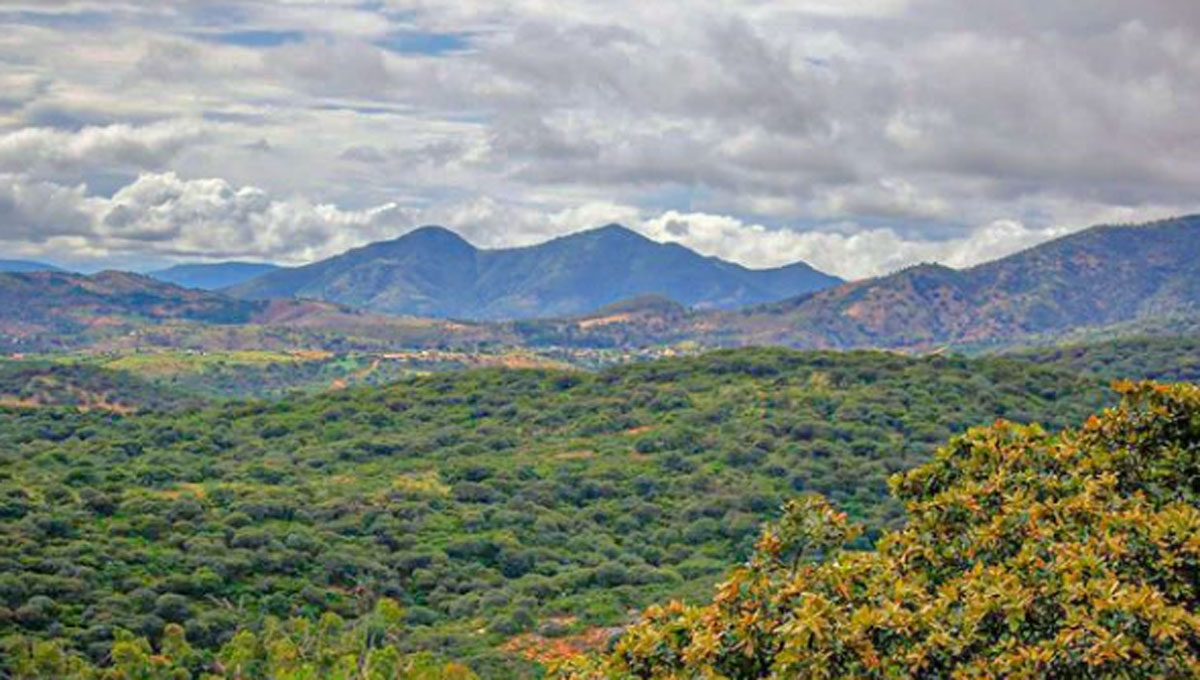
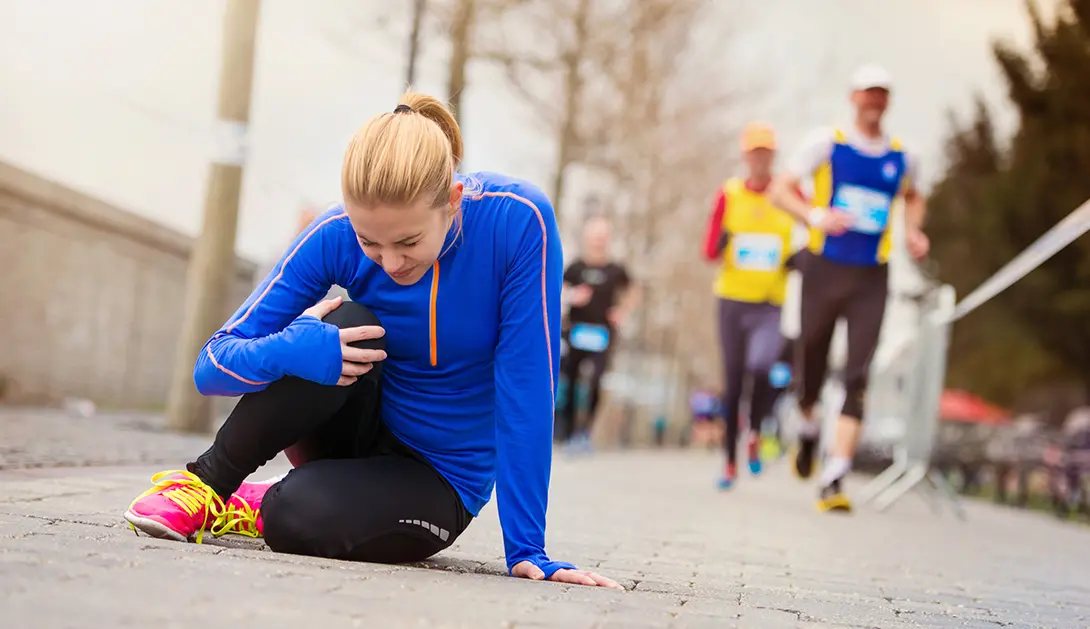
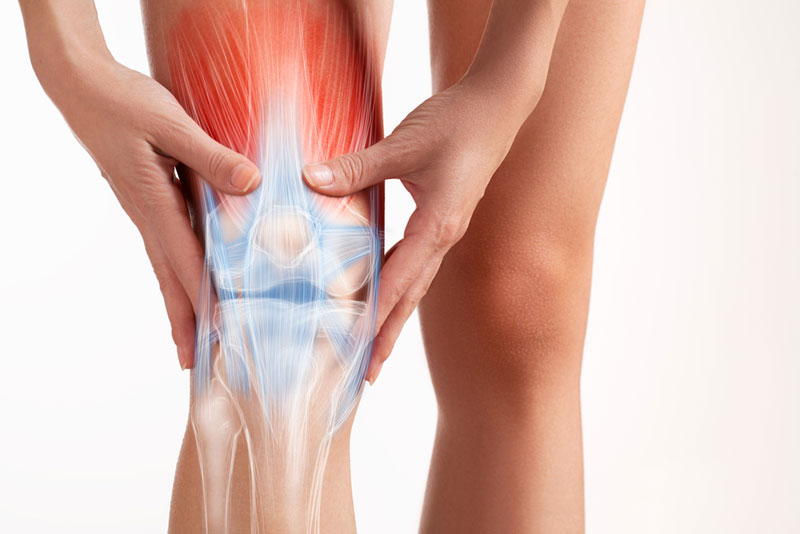
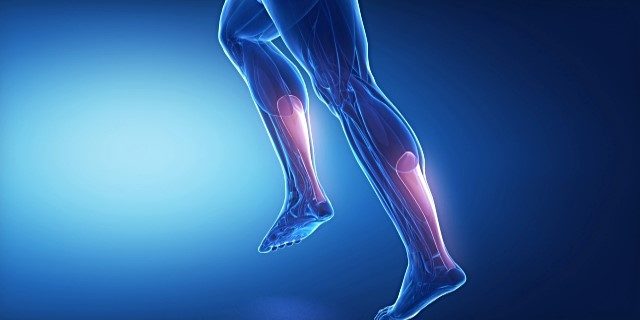
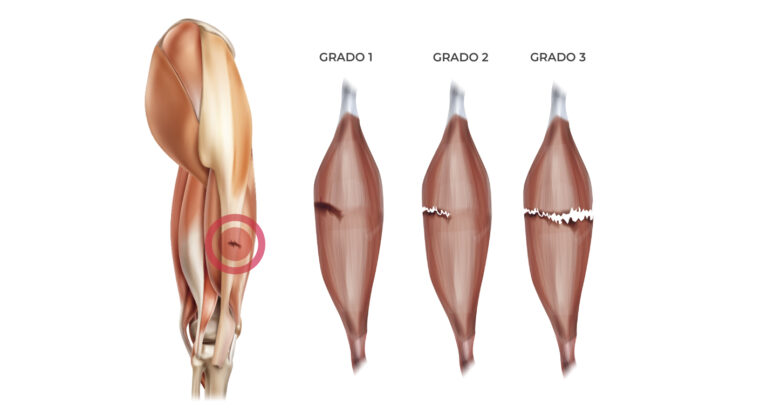
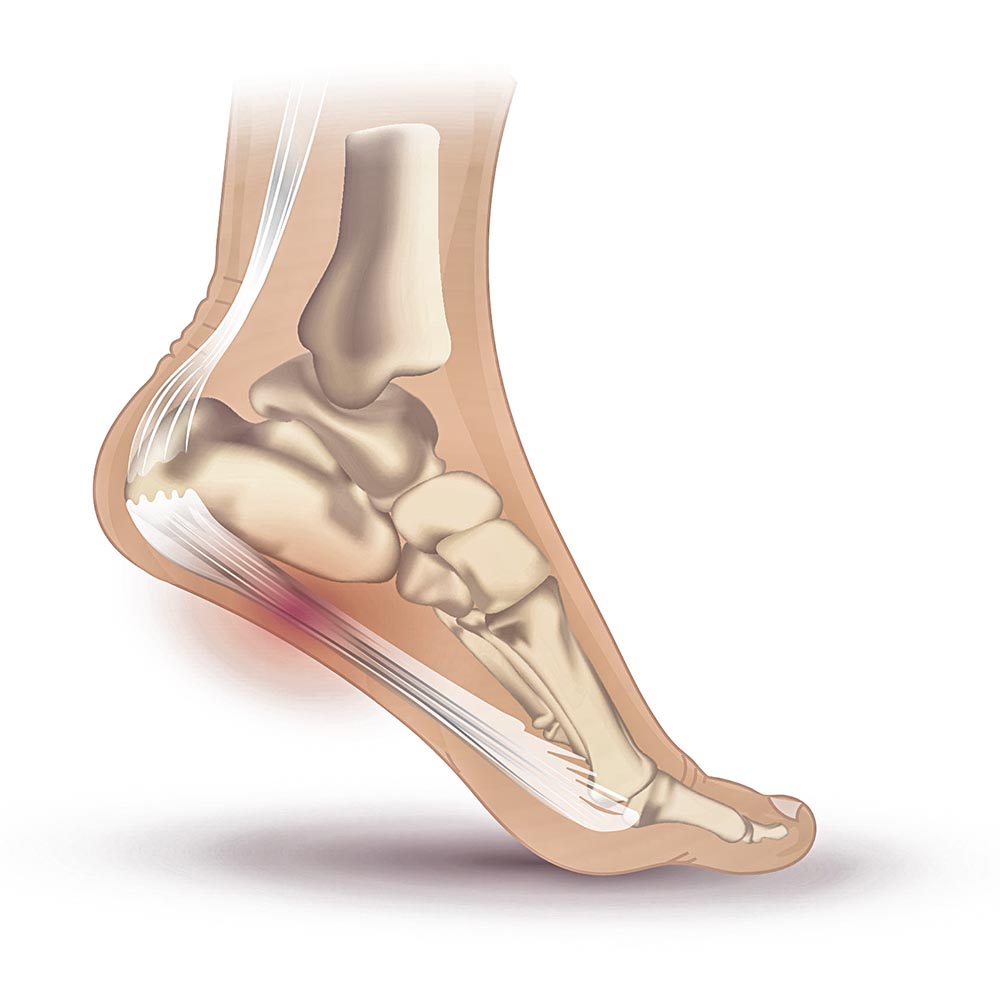
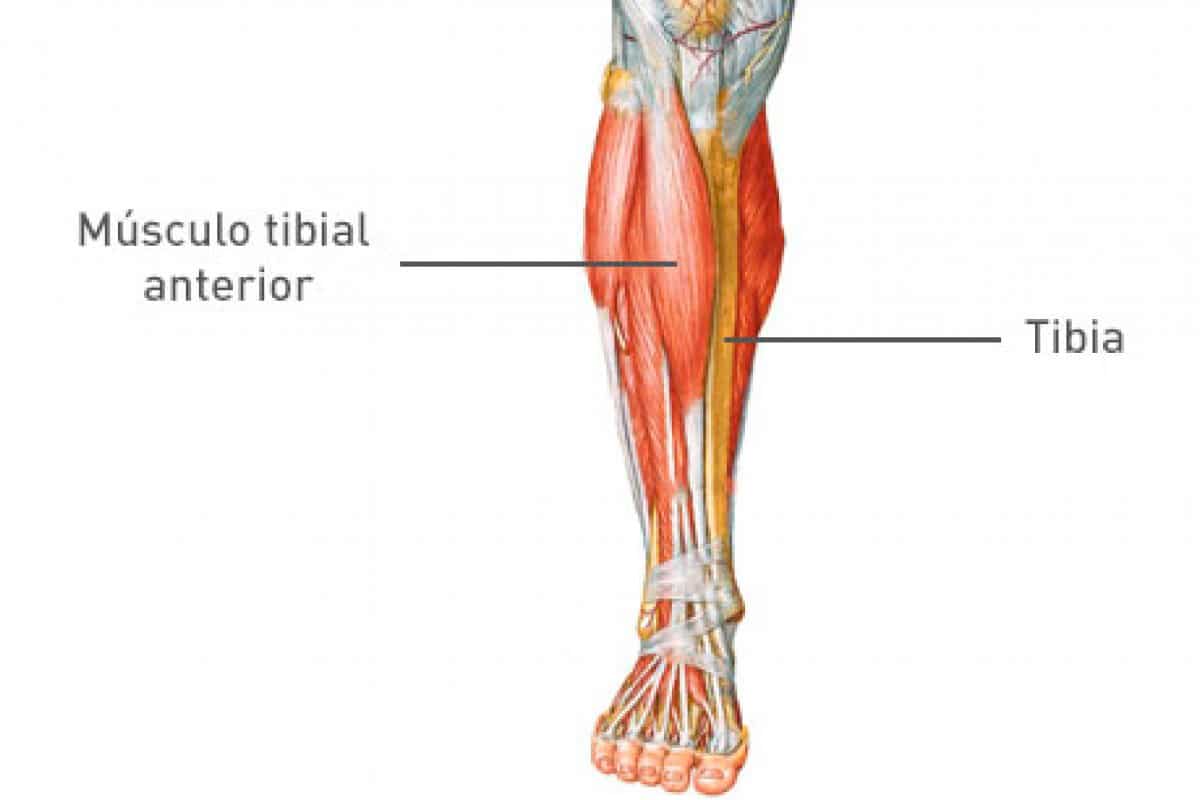
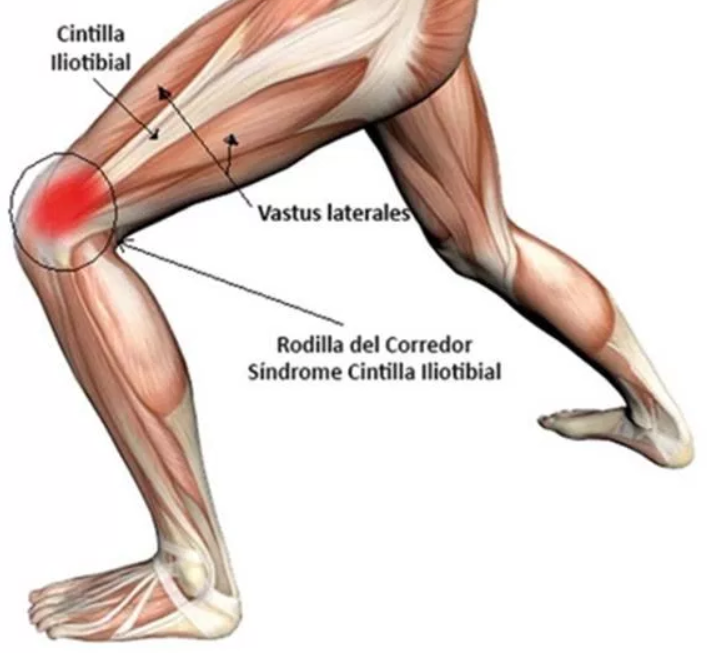
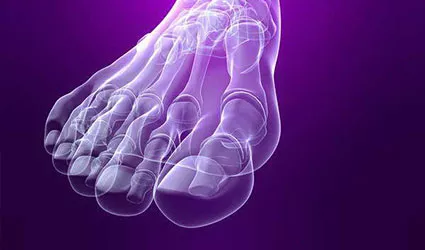
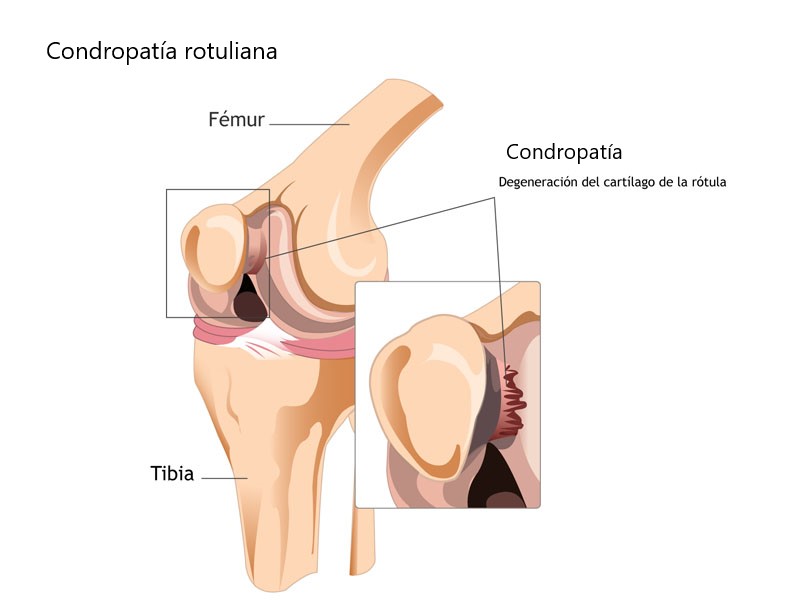
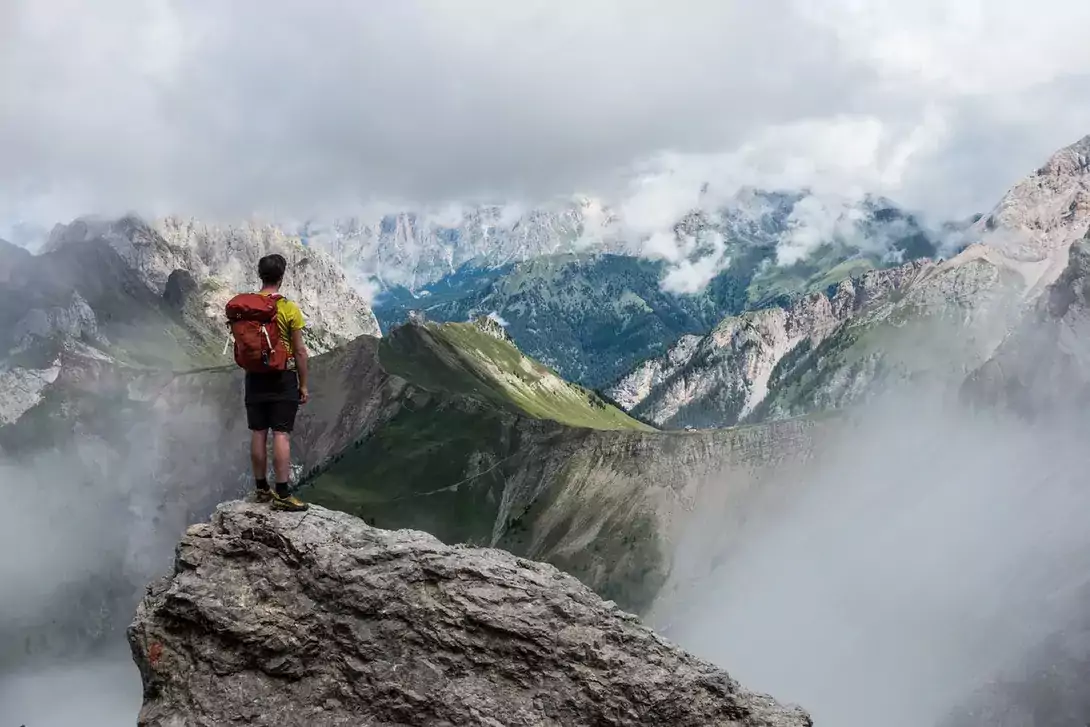

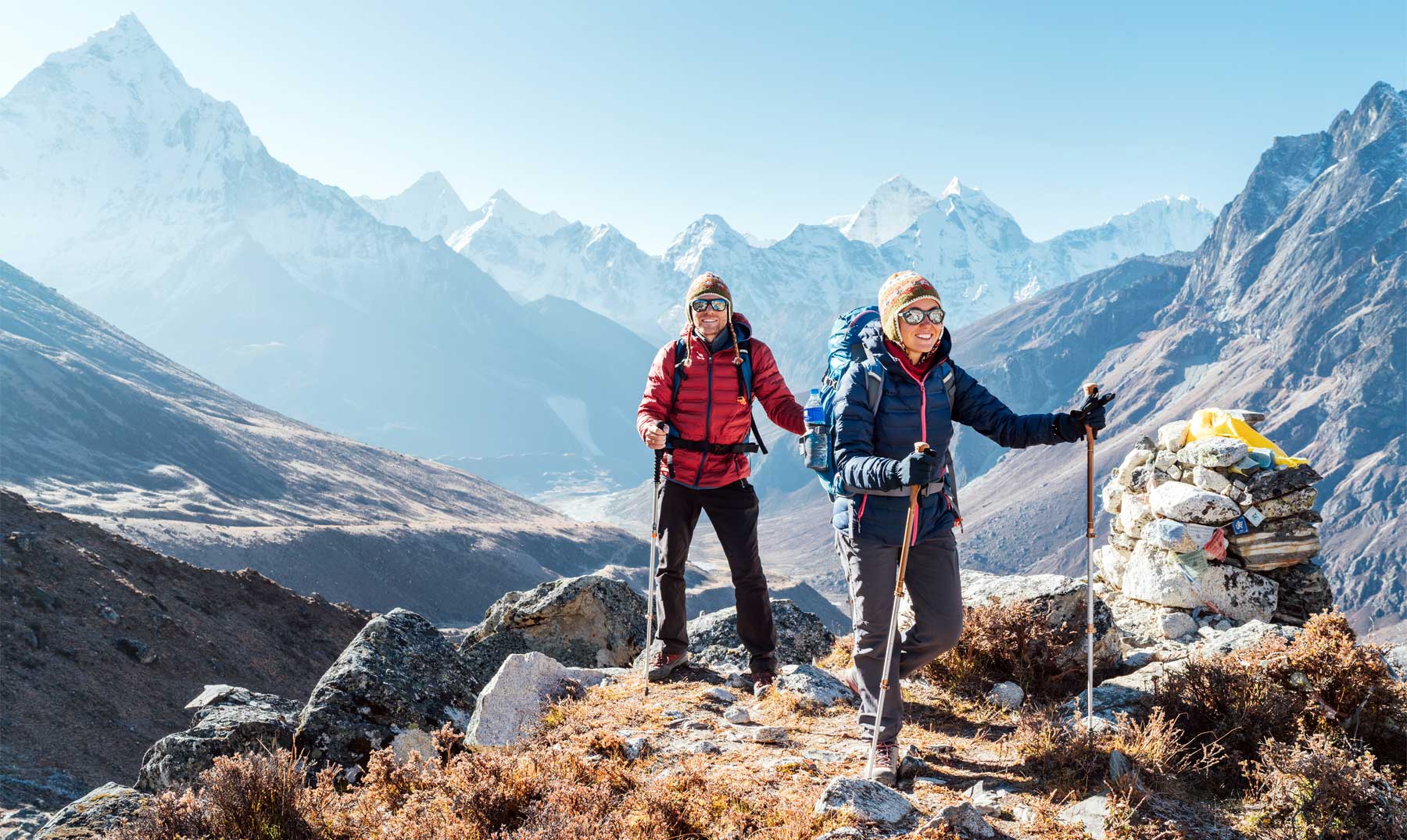
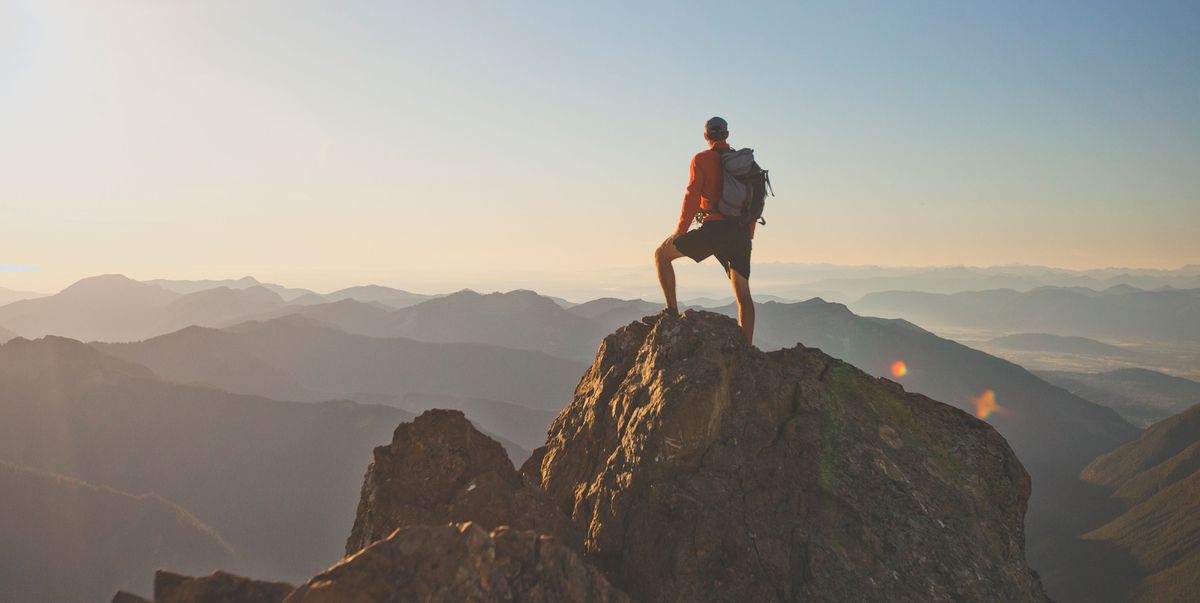

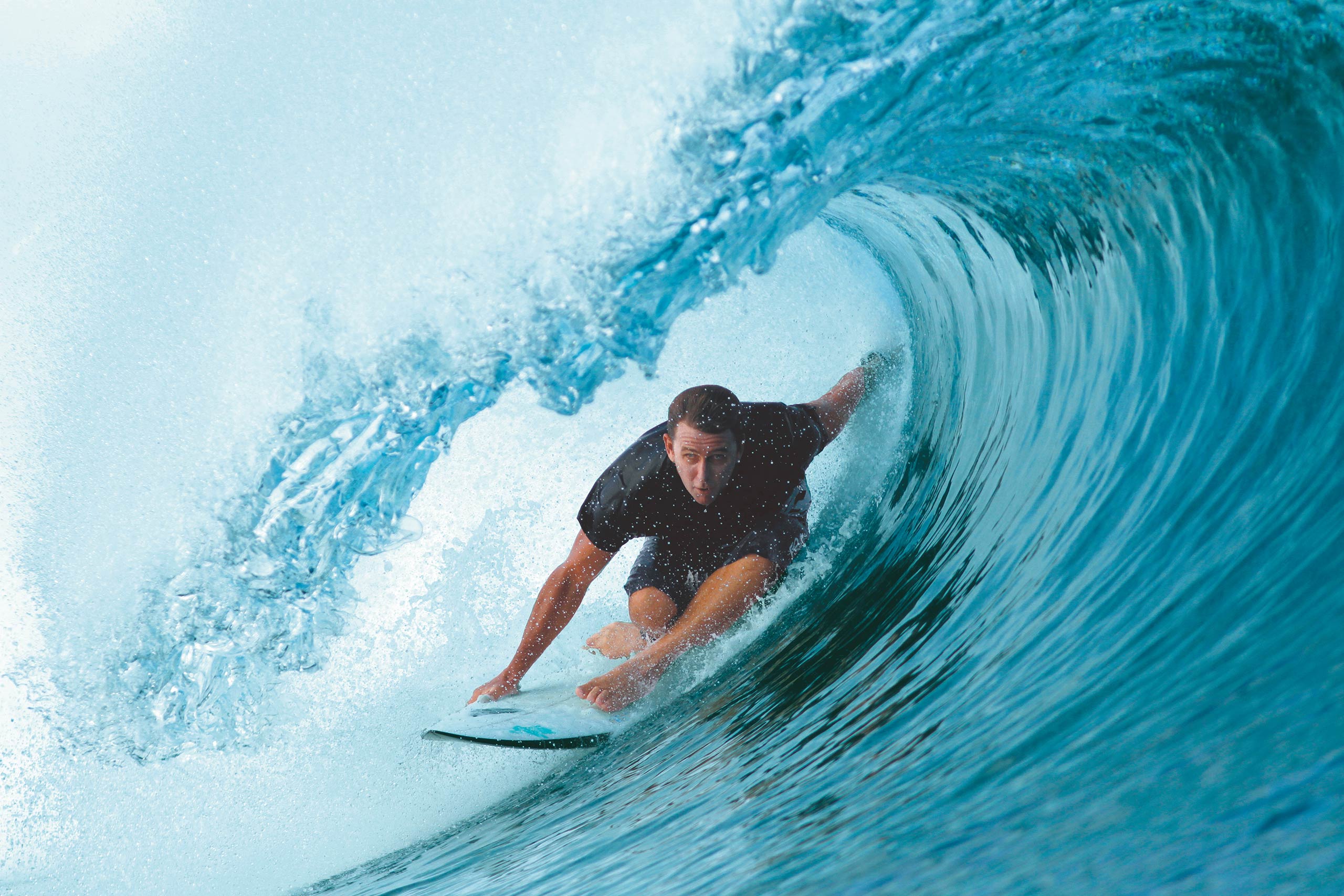
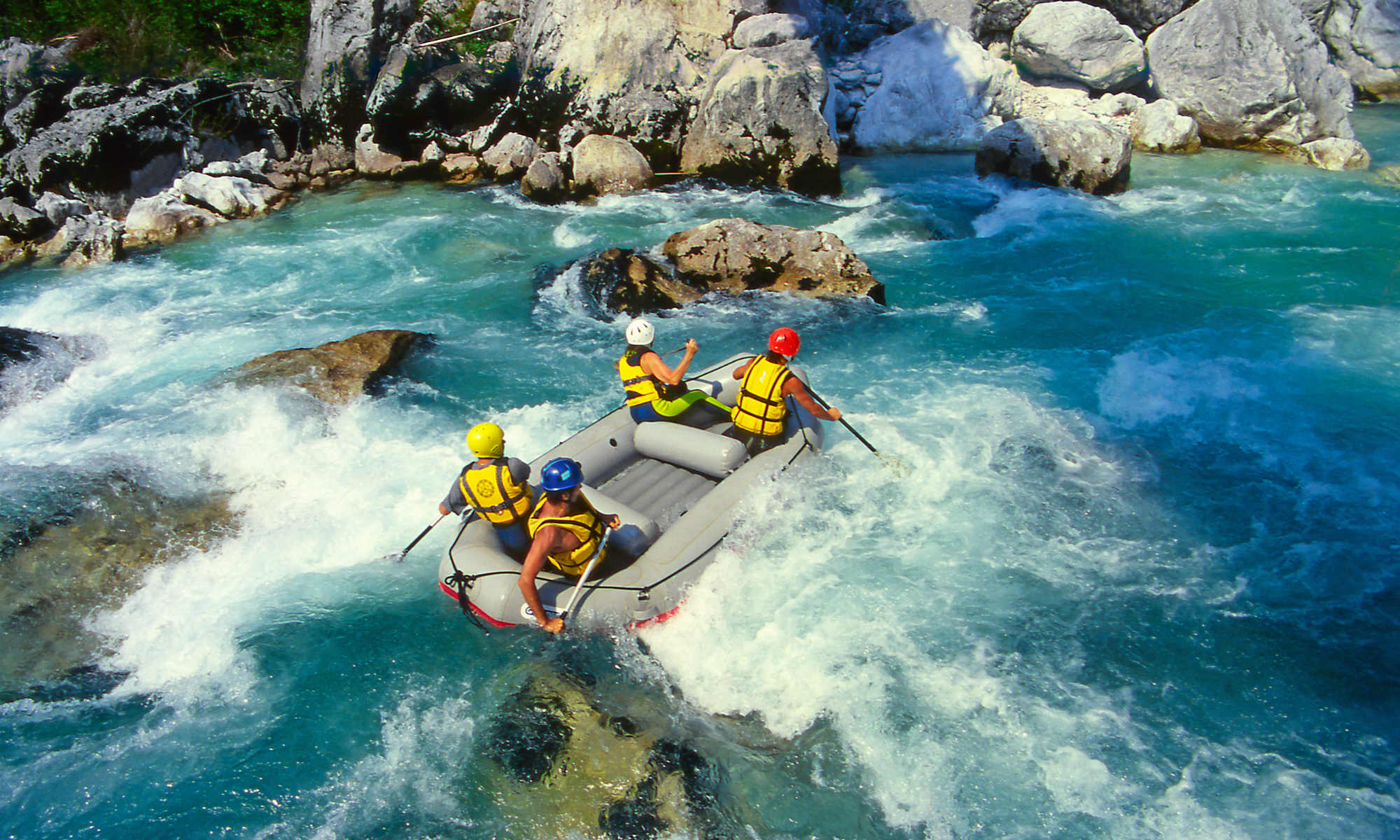
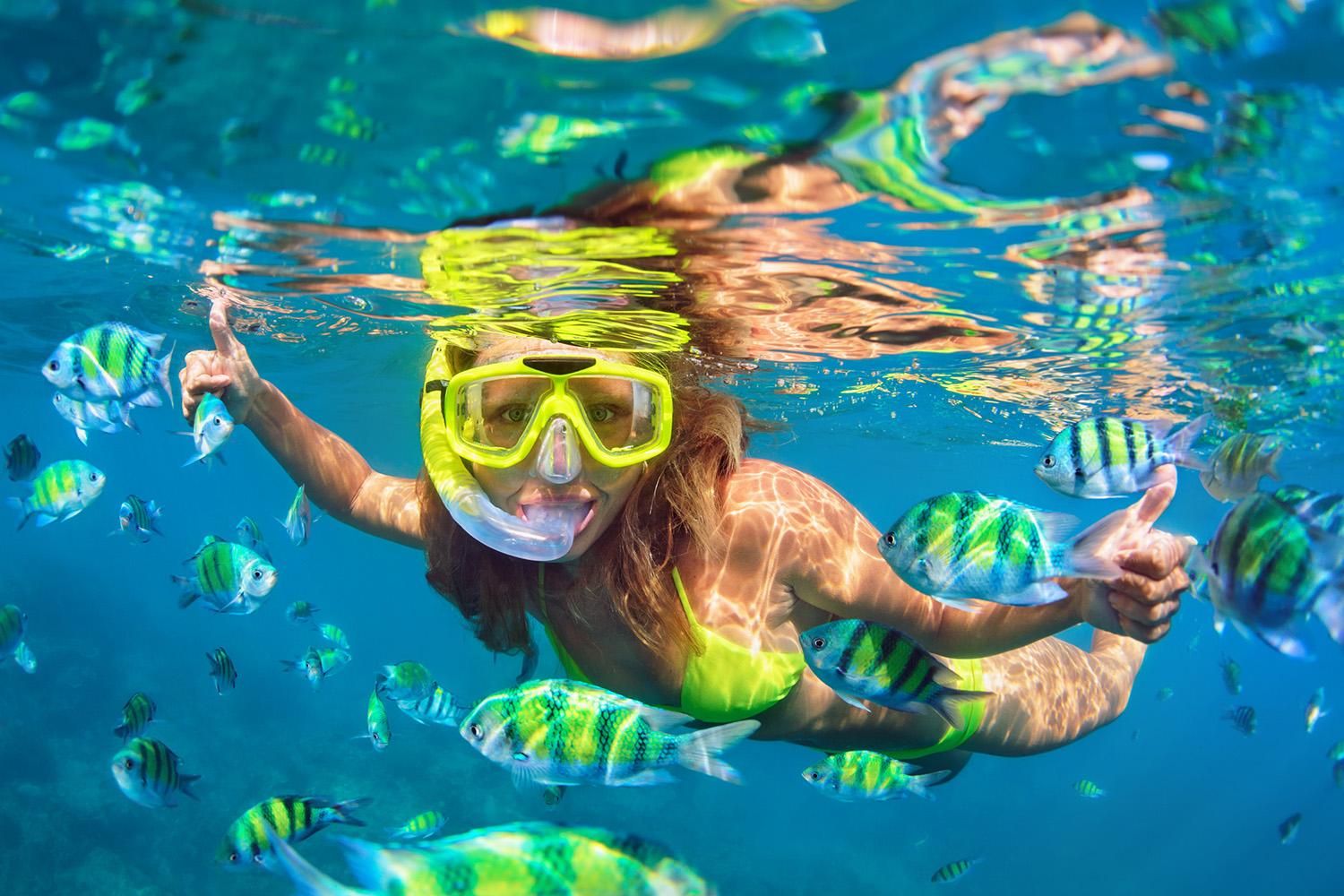
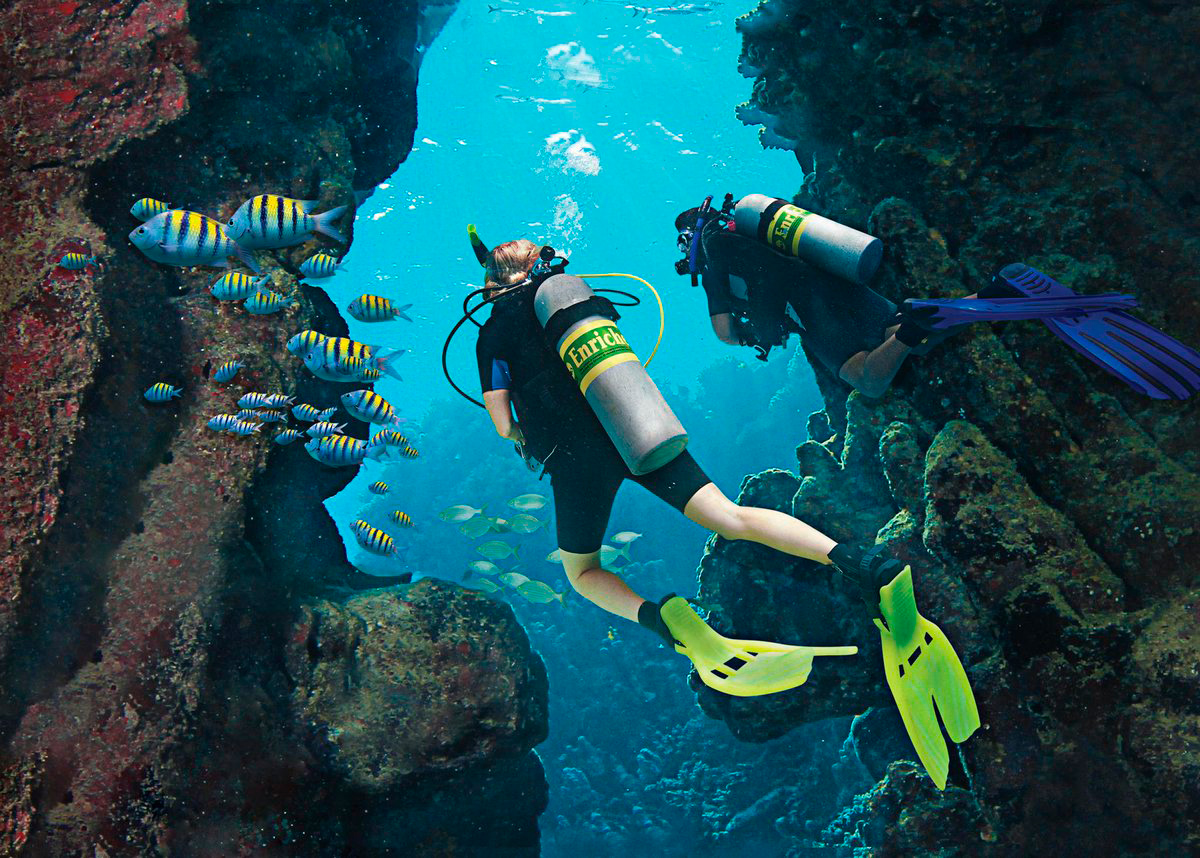
Comentarios